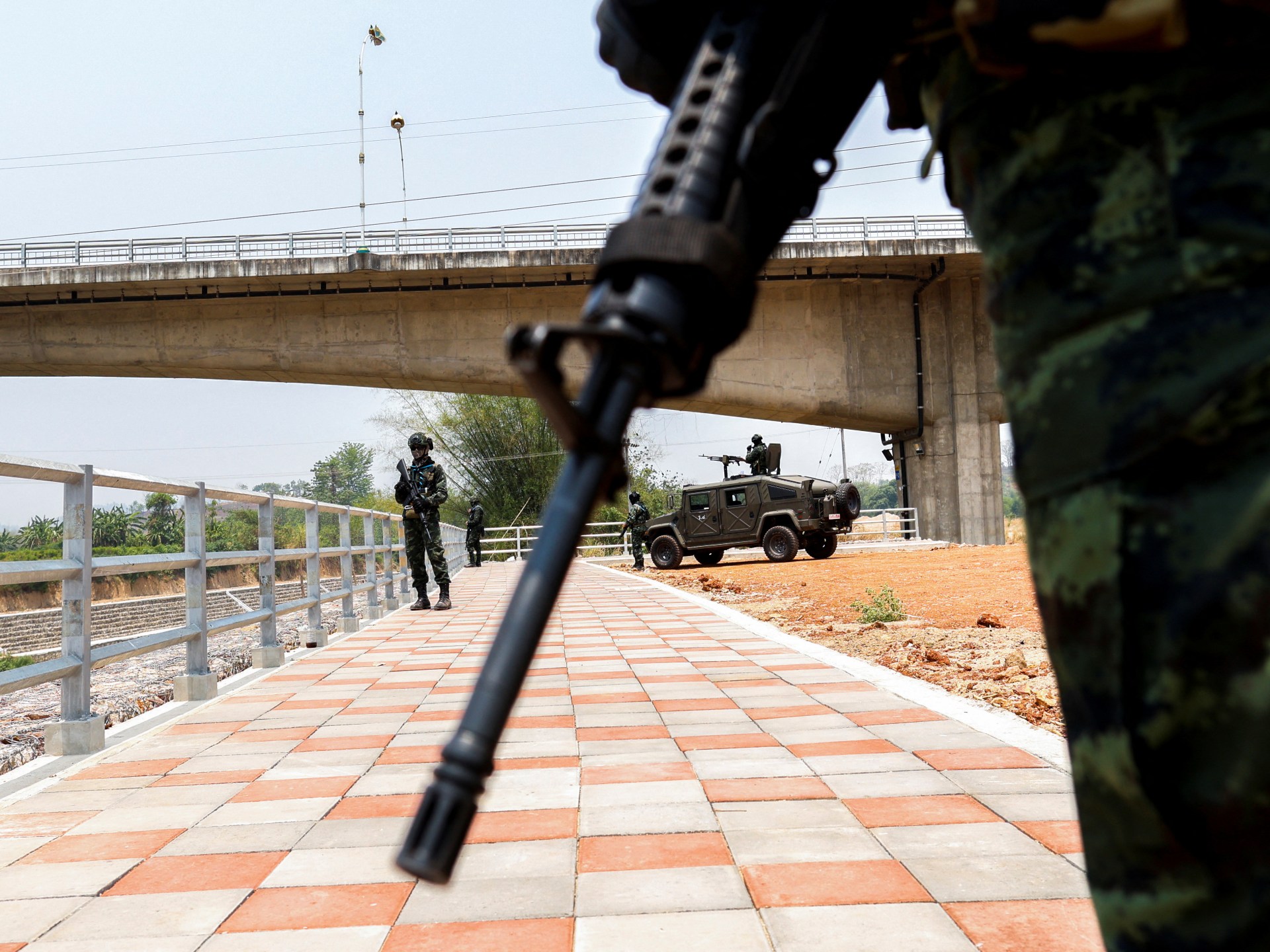REPORTER’S NOTEBOOK
Anti-coup fighters say they have seized control of the city on the eastern border and sent the last soldiers out.
The city of Myawaddy has always achieved much greater importance than its small size suggests.
Located on Myanmar’s eastern border and across the Moei River from the Thai town of Mae Sot, it has been a focal point for many ethnic and pro-democracy groups that have fought successive military governments for decades.
But in all this time, apart from a few minor clashes, it remained in the hands of the government, with the understanding of ethnic armed organizations stationed nearby that an imbalance of power in the city would jeopardize a vital economic portal for all Myanmar.
That the city has now fallen into the hands of ethnic Karen army forces suggests that new battle lines have been drawn in the current civil war.
For now, the city has been relatively spared from last month’s fighting, but thousands of residents are fleeing to Thailand because they fear the military under Senior Gen. Min Aung Hlaing will retaliate with air strikes after ground troops withdraw.
I have been visiting Mae Sot across the border since I first arrived in Thailand more than 20 years ago.
But it wasn’t until May 2008 that I crossed Myawaddy for the first time, slipping across the border with colleagues from Al Jazeera posing as tourists to cover a nationwide referendum launched by another military regime to meet international demands to appease democratic changes in Myanmar.
We found a city with few basic services and a population extremely skeptical of the then military government’s intention to bring true democracy to the people.
But the referendum opened a tiny window of opportunity that eventually led to the 2015 elections, when the National League for Democracy (NLD) came to power under Aung San Suu Kyi.
During this time, Myawaddy flourished.
In the late 1980s, an estimated 40 percent of Myanmar’s gross domestic product (GDP) passed through Myawaddy, much of it transported illegally across the border.
New infrastructure has been added more recently. A heavy-duty vehicle bridge, a cargo terminal and expedited customs procedures that have resulted in $1 billion worth of legitimate trade flowing across the border each year.
On Thursday, as the remnants of the military combat force fled to the cargo terminal to request safe passage to Thailand and airstrikes hit the city, containers of food and tankers of fuel from Thailand were still crossing the bridge.
This trade is desperately needed by an economy that has suffered severe setbacks since the coup in February 2021.
But millions of people across the country have also been forced from their homes by fighting, and as I sat under the No. 2 Friendship Bridge, listening to fighter jets in the air and watching armed groups patrolling the streets, I could hardly imagine that Myawaddy would function as a gateway to Myanmar.
